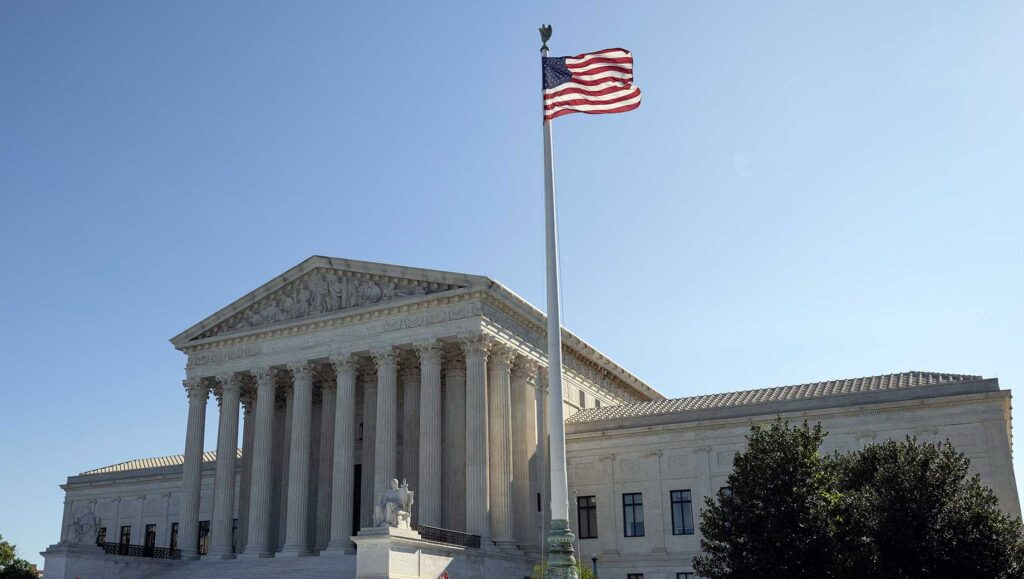Trust is a term used to describe a specific document drafted for the purpose of ensuring an individual is taken care of, or in other words, enjoys certain benefits if he or she follows certain terms and conditions.
It is done in a way that involves a third person, a trustee, who is in charge or making sure was is written is strictly followed. There are many types, but the most common examples include discretionary, bare, testamentary, unit, and superannuation funds. The process for replacing or removing a trustee in New South Wales, Australia can be seen below.

It is important to remember that these powers, in the hands of either or both the beneficiaries, and the Supreme Court of New South Wales, must not be used to punish or reprimand a past trustee. Rather, it is a protective power that may be utilized to secure the beneficiaries and their involved assets, in the case that it is compromised.
Being a trustee entails the need to abide by and perform duties related to the trust, such as the proper carrying out of the trust’s terms and conditions that ensure the benefit of those who are using the trust, the administering of its affairs in a fair and just manner, the management and maintenance of its affairs.
Before me mention the removal process, it’s also important to mention a couple of basic things, such as why is a trust set up in the first place.
People choose to set a trust for various reasons, some of them being:

- When they feel a certain asset needs a bit more control, they choose to separate it from its owner. It can be that, for example, a beneficiary is underaged and is not fully capable of controlling the asset himself, or that he has some kind of disability preventing him to do so. In this case, a trust is set up not only to protect the asset but also to ensure the beneficiaries’ best interest is covered.
- If tax planning needs more flexibility, people often opt for using this type of document
- If there were some financial claims against the beneficiary, and family members want to protect the asset, this is a good way to do so.
- When there’s a need for certain investment or a trade, and a business entity is being used for these purposes.
The second most important thing one should know about trusts, before deciding to start one, are their elements. There are a number of people who will be involved in it, so it’s important to think about appointing each role a person willing to make the trust functional. Just as it was the case with the reasons, elements are also various:

- The settlor – this term refers to the one who is going to set up a trust, but also state who will be the beneficiary (or beneficiaries, if there are multiple persons involved), and also names other people who will take part in the trust, such as a trustee.
- The appointor – this is not a necessary element, but will often be a part of the trust. Their role is important because he will play a crucial role in removing a trustee, as being the only person who has the power to do so.
- The deed – is a formal document. It has all the above-mentioned elements but also states how the trust will be managed and describes all the roles and duties of the people named in the document. A deed is most often a will or a testament, therefore is drafted by a professional – a lawyer.

- The trustee – is a person who will be in charge of managing it. His or her duty would be to make sure the beneficiaries’ best interest is achieved, through the trust implementation. This means that if there’s a transaction needed to be performed, it will be done by him.
- The beneficiary– This can be a single person or a multiple of them. It can also be a legal body, for whose benefit it is being created. This does not mean that you need to state names in the trust (but you could if you wish to), they can also be a general group, such as your future children, or some other relatives. So, they also don’t necessarily need to exist at the time the trust is created.
The removal process does not differ much from the rest of the country. There are cases when a trustee decides to resign, and in this case, the procedure is simple. They only need to submit their resignation.
However, they’re a bit more complicated cases where a trustee cannot resign unless someone new is appointed to their duties. There are also cases when a beneficiary decides the replacement must happen, because of various reasons that need to be inspected in order to determine whether the claims are true or not.

For reasons like this, the appointer is assigned to have the power of removing and replacing a trustee. In all other cases, The Supreme Court will do so.
The Supreme Court is the institution that has the ability, according to the law, to remove a trustee and also administers rules of equity, the considerations of which are much broader than those in the Act itself.
The same institution may order the removal or replacement of a trustee in the case it assesses this step as necessary for securing the trust property, it also is in charge of ensuring the proper and efficient running of the trust, or it is in the beneficiaries’ interest to do so.
To appoint a new trustee, a registered deed may be necessary, specifically in the case that a trustee wishes to be removed, has passed away, or will be predisposed for a prolonged period of time, without properly delegating their obligations. This may also be used in the event that the trustee is a minor, has refused, or is no longer capable of continuing their duties and obligations.
The Supreme Court may appoint a new trustee, under the constraints and powers of relevant laws related to this issue, and its inherent jurisdiction, with these powers in question, set out in the Act.

The aforementioned act also allows the court to intervene, and appoint if necessary, a new trustee when beneficial but not of personal interest, or impracticable without the assistance of the Court.
Certain examples of this include a current trustee having been convicted of a serious indictable offense, an existing one who was declared bankrupt, or a trustee corporation that has been dissolved or is under the process of liquidation.
After reading all of the above, one becomes aware of the delicate procedure regarding the removal of a trustee. Hence, the importance of hiring an attorney to help you. Trust dispute lawyers in Brisbane are just a phone call away from helping you with your case. Make sure to contact experts who have the expertise to handle your situation with ease and confidence. You can find more at www.gibbswrightlawyers.com.au.














